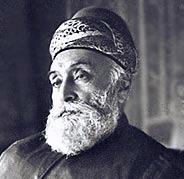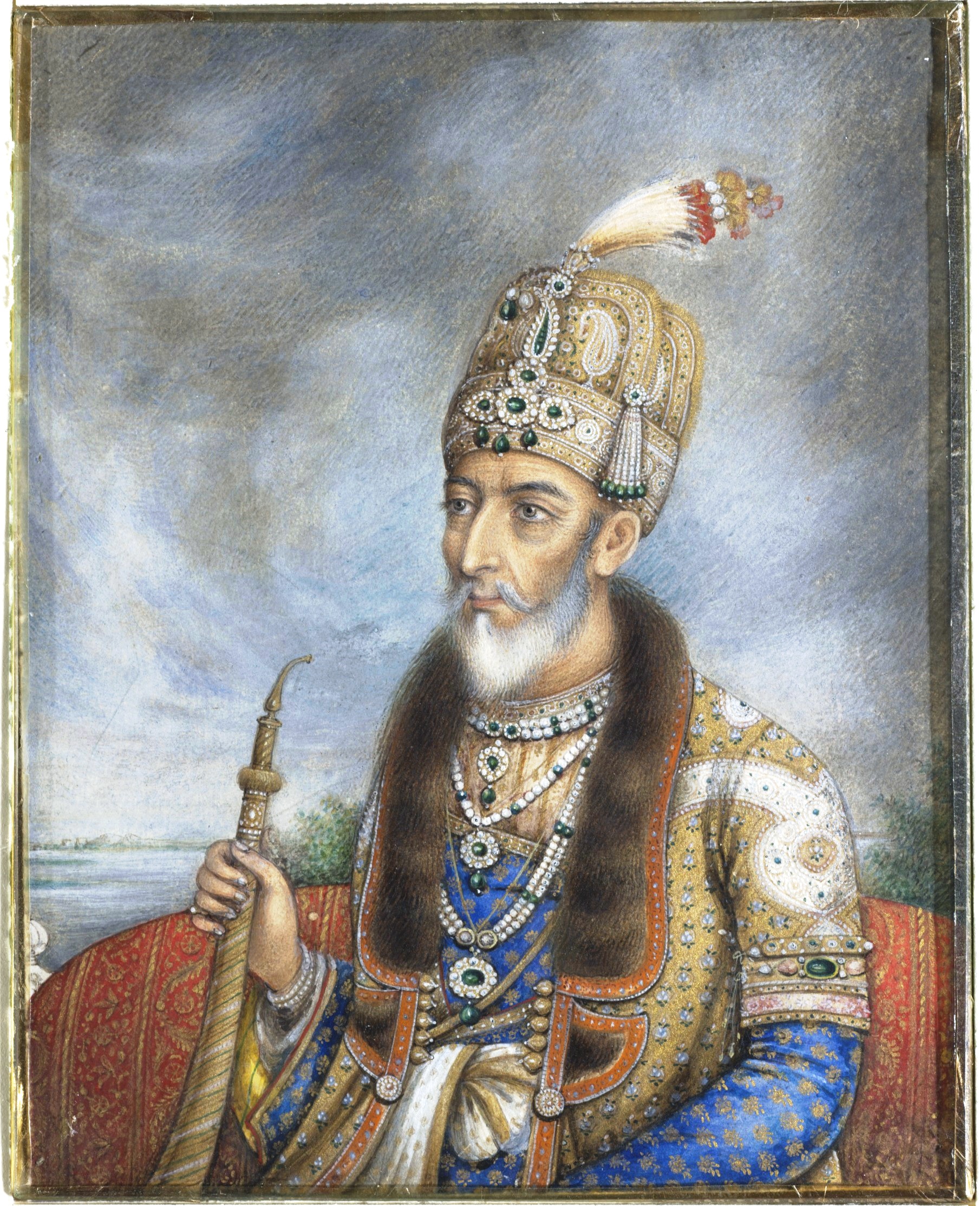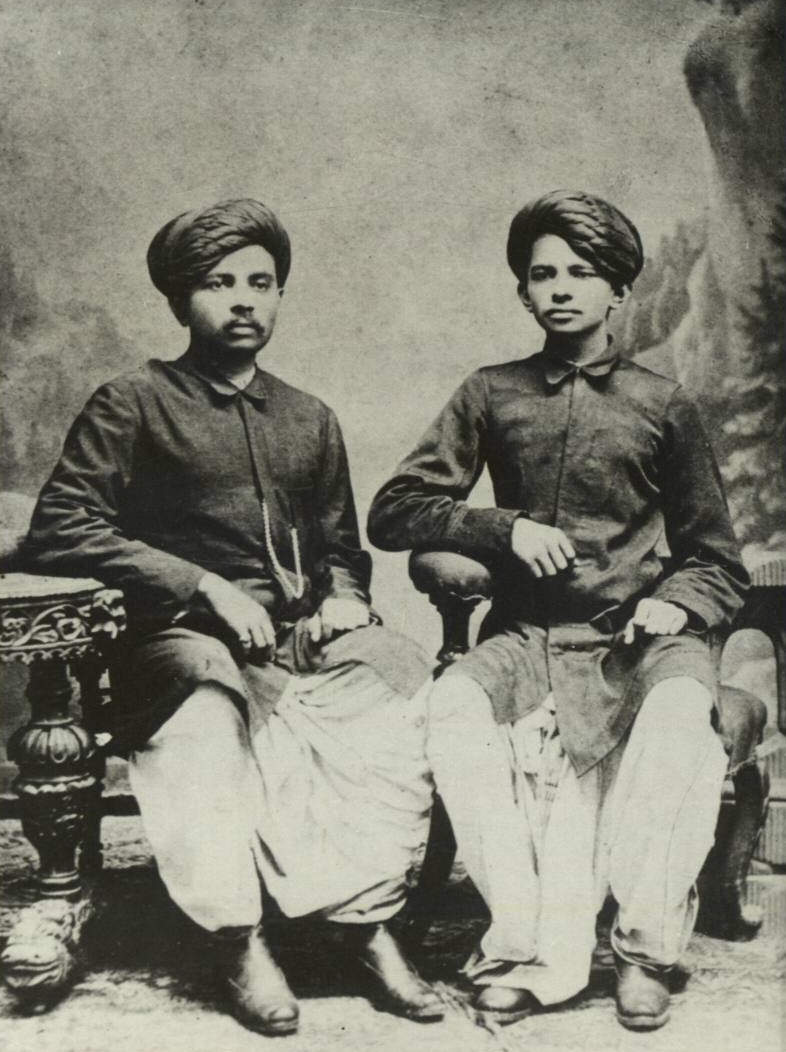|
Dandi, Navsari
Dandi is a village in the Jalalpore taluka, Navsari District, Gujarat, India. It is located on the coast of the Arabian Sea near the city of Navsari. The village got into worldwide prominence in 1930, when Mahatma Gandhi selected it to be the destination for the Salt March. He marched from Sabarmati (Ahmedabad) to Dandi (Navsari) with some of his followers to protest against the imposition of a tax on salt by the British Raj. Thousands of people participated, travelling on foot for 24 days from Ahmedabad to Dandi. The Government of India initiated plans to develop the Sabarmati-Dandi stretch as a tourist hub. In 2019 the National Salt Satyagraha Memorial to commemorate the Salt March of the Indian Independence Movement was opened in the village. See also *Indian independence movement *History of the salt tax in British India *Salt March *Mahatma Gandhi Mohandas Karamchand Gandhi (2October 186930January 1948) was an Indian lawyer, anti-colonial nationalism, anti ... [...More Info...] [...Related Items...] OR: [Wikipedia] [Google] [Baidu] |
National Salt Satyagraha Memorial
The National Salt Satyagraha Memorial or Dandi Memorial is a memorial in Dandi, Navsari, Dandi, Gujarat, India, that honors the activists and participants of the Salt March, Salt Satyagraha, an act of nonviolent civil disobedience in British India, colonial India which was led by Mahatma Gandhi in 1930. The memorial is spread over a and is located in the coastal town of Dandi, where the Salt March ended on 5 April 1930 and the British salt monopoly was broken by producing salt by boiling sea water. The project was developed at an estimated cost of . History The project to develop the National Salt Satyagrah Memorial was conceived and advised by the High Level Dandi Memorial Committee (HLDMC) and was endorsed by the Ministry of Culture (India), Ministry of Culture, Government of India. The Indian Institute of Technology Bombay, IIT Bombay provided services as a Design Coordination Agency. The memorial was inaugurated on 30 January 2019, the death anniversary of Mahatma Gandhi, ... [...More Info...] [...Related Items...] OR: [Wikipedia] [Google] [Baidu] |
Navsari
Navsari is the ninth biggest city in the state of Gujarat in India. It is the administrative headquarters of Navsari District. Navsari is between Surat and Mumbai. It is a twin city of Surat, 37 km to the north. At the 2011 Census of India, Navsari was the 16th biggest city of Gujarat state. It ranked 10th most populous city of Gujarat in the 1991 Census of India and 2001 Census of India. Dandi village near Navsari was the focal point of the great Salt March led by Mahatma Gandhi during civil disobedience movement of India. History Navsari was originally known as "Navasarika", and was the capital of a ''vishya'' (an administrative unit) in the Lata (region), Lata region. It is identified with "Nusaripa", a city mentioned in Ptolemy's 2nd century Ancient Greek, Greek-language work ''Geography (Ptolemy), Geography''. The Chalukyas of Navasarika, who governed the area around Navsari as subordinates of the Chalukyas of Vatapi, repulsed an Umayyad campaigns in India, Umayy ... [...More Info...] [...Related Items...] OR: [Wikipedia] [Google] [Baidu] |
History Of The Salt Tax In British India
Taxation of salt has occurred in India since the earliest times. However, this tax was greatly increased when the British East India Company began to establish its rule over provinces in India. In 1835, special taxes were imposed on Indian salt to facilitate its import. This paid huge dividends for the traders of the British East India Company. When the Crown took over the administration of India from the Company in 1858, the taxes were not revoked. The stringent salt taxes imposed by the British were vehemently condemned by the Indian public. In 1885, at the first session of the Indian National Congress in Bombay, a prominent Congress Leader, S. A. Saminatha Iyer, raised the issue of the salt tax. There were further protests throughout the late 19th and early 20th centuries culminating in Mahatma Gandhi's Salt Satyagraha in 1930. This satyagraha was followed by other satyagrahas in other parts of the country. After the arrest of Gandhi, Sarojini Naidu led the satyagrahis to D ... [...More Info...] [...Related Items...] OR: [Wikipedia] [Google] [Baidu] |
Indian Independence Movement
The Indian independence movement was a series of historic events in South Asia with the ultimate aim of ending British Raj, British colonial rule. It lasted until 1947, when the Indian Independence Act 1947 was passed. The first nationalistic movement took root in the newly formed Indian National Congress with prominent moderate leaders seeking the right to appear for Indian Civil Service examinations in British India, as well as more economic rights for natives. The first half of the 20th century saw a more radical approach towards self-rule. The stages of the independence struggle in the 1920s were characterised by the leadership of Mahatma Gandhi and Congress's adoption of Gandhi's policy of non-violence and Salt March, civil disobedience. Some of the leading followers of Gandhi's ideology were Jawaharlal Nehru, Vallabhbhai Patel, Abdul Ghaffar Khan, Maulana Azad, and others. Intellectuals such as Rabindranath Tagore, Subramania Bharati, and Bankim Chandra Chattopadhyay spr ... [...More Info...] [...Related Items...] OR: [Wikipedia] [Google] [Baidu] |
The Times Of India
''The Times of India'' (''TOI'') is an Indian English-language daily newspaper and digital news media owned and managed by the Times Group. It is the List of newspapers in India by circulation, third-largest newspaper in India by circulation and List of newspapers by circulation, largest selling English-language daily in the world. It is the oldest English-language newspaper in India, and the second-oldest Indian newspaper still in circulation, with its first edition published in 1838. It is nicknamed as "The Old Lady of Bori Bunder", and is a newspaper of record. Near the beginning of the 20th century, Lord Curzon, the Viceroy of India, called ''TOI'' "the leading paper in Asia". In 1991, the BBC ranked ''TOI'' among the world's six best newspapers. It is owned and published by Bennett, Coleman & Co. Ltd. (BCCL), which is owned by the Sahu Jain family. In the Brand Trust Report India study 2019, ''TOI'' was rated as the most trusted English newspaper in India. In a 2021 surve ... [...More Info...] [...Related Items...] OR: [Wikipedia] [Google] [Baidu] |
Government Of India
The Government of India (ISO 15919, ISO: Bhārata Sarakāra, legally the Union Government or Union of India or the Central Government) is the national authority of the Republic of India, located in South Asia, consisting of States and union territories of India, 36 states and union territories. The government is led by the president of India (currently ) who largely exercises the executive powers, and selects the Prime Minister of India, prime minister of India and other ministers for aid and advice. Government has been formed by the The prime minister and their senior ministers belong to the Union Council of Ministers, its executive decision-making committee being the Cabinet (government), cabinet. The government, seated in New Delhi, has three primary branches: the legislature, the executive and the judiciary, whose powers are vested in bicameral Parliament of India, Union Council of Ministers (headed by prime minister), and the Supreme Court of India respectively, with a p ... [...More Info...] [...Related Items...] OR: [Wikipedia] [Google] [Baidu] |
British Raj
The British Raj ( ; from Hindustani language, Hindustani , 'reign', 'rule' or 'government') was the colonial rule of the British The Crown, Crown on the Indian subcontinent, * * lasting from 1858 to 1947. * * It is also called Crown rule in India, * * * * or direct rule in India. * Quote: "Mill, who was himself employed by the British East India company from the age of seventeen until the British government assumed direct rule over India in 1858." * * The region under British control was commonly called India in contemporaneous usage and included areas directly administered by the United Kingdom of Great Britain and Ireland, United Kingdom, which were collectively called ''Presidencies and provinces of British India, British India'', and areas ruled by indigenous rulers, but under British British paramountcy, paramountcy, called the princely states. The region was sometimes called the Indian Empire, though not officially. As ''India'', it was a founding member of th ... [...More Info...] [...Related Items...] OR: [Wikipedia] [Google] [Baidu] |
Ahmedabad
Ahmedabad ( ), also spelled Amdavad (), is the most populous city in the Indian state of Gujarat. It is the administrative headquarters of the Ahmedabad district and the seat of the Gujarat High Court. Ahmedabad's population of 5,570,585 (per the 2011 population census) makes it the fifth-most populous city in India, and the encompassing urban agglomeration population was estimated at 8,854,444 (as of 2024) is the seventh-most populous in India. Ahmedabad is located near the banks of the Sabarmati River, from the capital of Gujarat, Gandhinagar, also known as its twin city. Ahmedabad has emerged as an important economic and industrial hub in India. It is the second-largest producer of cotton in India, due to which it was known as the 'Manchester of India' along with Kanpur. Ahmedabad's stock exchange (before it was shut down in 2018) was the country's second oldest. Cricket is a popular sport in Ahmedabad; a newly built stadium, called Narendra Modi Stadium, at Mote ... [...More Info...] [...Related Items...] OR: [Wikipedia] [Google] [Baidu] |
Salt March
The Salt march, also known as the Salt Satyagraha, Dandi March, and the Dandi Satyagraha, was an act of Non violence, non violent civil disobedience in British Raj, colonial India, led by Mahatma Gandhi. The 24-day march lasted from 12 March 1930 to 6 April 1930 as a direct action campaign of tax resistance and Nonviolent resistance, nonviolent protest against the History of the salt tax in British India, British salt monopoly. Another reason for this march was that the Civil Disobedience Movement needed a strong inauguration that would inspire more people to follow Gandhi's example. Gandhi started this march with 78 of his trusted volunteers. The march spanned , from Sabarmati Ashram to Dandi, Navsari, Dandi, which was called Navsari at that time (now in the state of Gujarat). Growing numbers of Indians joined them along the way. When Gandhi broke the British Raj history of the salt tax in British India, salt laws at 8:30 am on 6 April 1930, it sparked large-scale acts of civil ... [...More Info...] [...Related Items...] OR: [Wikipedia] [Google] [Baidu] |
Mahatma Gandhi
Mohandas Karamchand Gandhi (2October 186930January 1948) was an Indian lawyer, anti-colonial nationalism, anti-colonial nationalist, and political ethics, political ethicist who employed nonviolent resistance to lead the successful Indian independence movement, campaign for India's independence from British Raj, British rule. He inspired movements for Civil rights movements, civil rights and freedom across the world. The honorific ''Mahātmā'' (from Sanskrit, meaning great-souled, or venerable), first applied to him in Union of South Africa, South Africa in 1914, is now used throughout the world. Born and raised in a Hindu family in coastal Gujarat, Gandhi trained in the law at the Inner Temple in London and was called to the bar at the age of 22. After two uncertain years in India, where he was unable to start a successful law practice, Gandhi moved to South Africa in 1893 to represent an Indian merchant in a lawsuit. He went on to live in South Africa for 21 years. Here, ... [...More Info...] [...Related Items...] OR: [Wikipedia] [Google] [Baidu] |
Arabian Sea
The Arabian Sea () is a region of sea in the northern Indian Ocean, bounded on the west by the Arabian Peninsula, Gulf of Aden and Guardafui Channel, on the northwest by Gulf of Oman and Iran, on the north by Pakistan, on the east by India, and on the southeast by the Laccadive Sea and the Maldives, on the southwest by Somalia. Its total area is and its maximum depth is . The Gulf of Aden in the west connects the Arabian Sea to the Red Sea through the strait of Bab-el-Mandeb, and the Gulf of Oman is in the northwest, connecting it to the Persian Gulf. Geography The Arabian Sea's surface area is about .Arabian Sea Encyclopædia Britannica The maximum width of the sea is approximately , and its maximum depth is . The biggest river flowing into the sea is the Indus River. The Arabian Sea has two ... [...More Info...] [...Related Items...] OR: [Wikipedia] [Google] [Baidu] |









